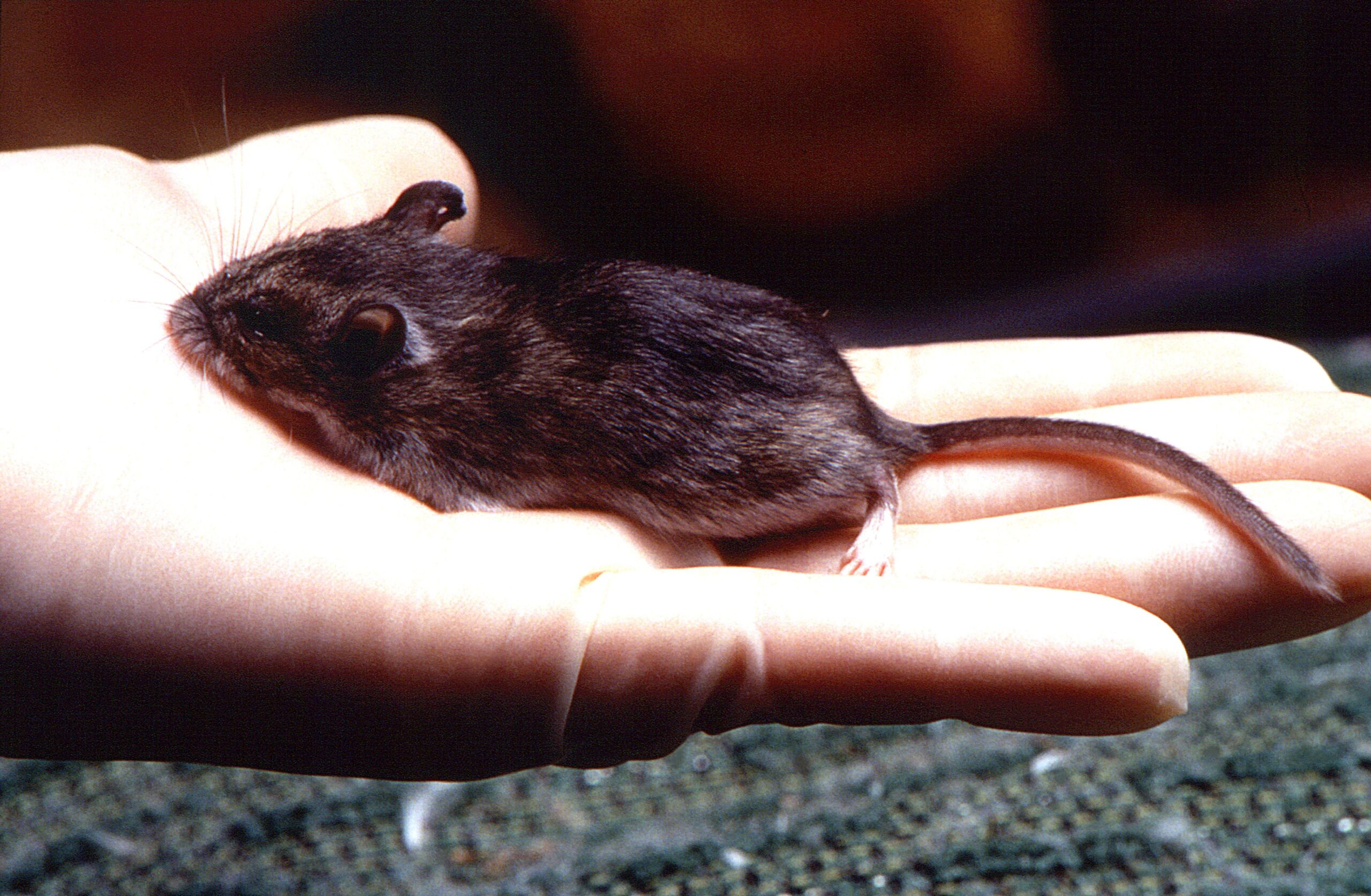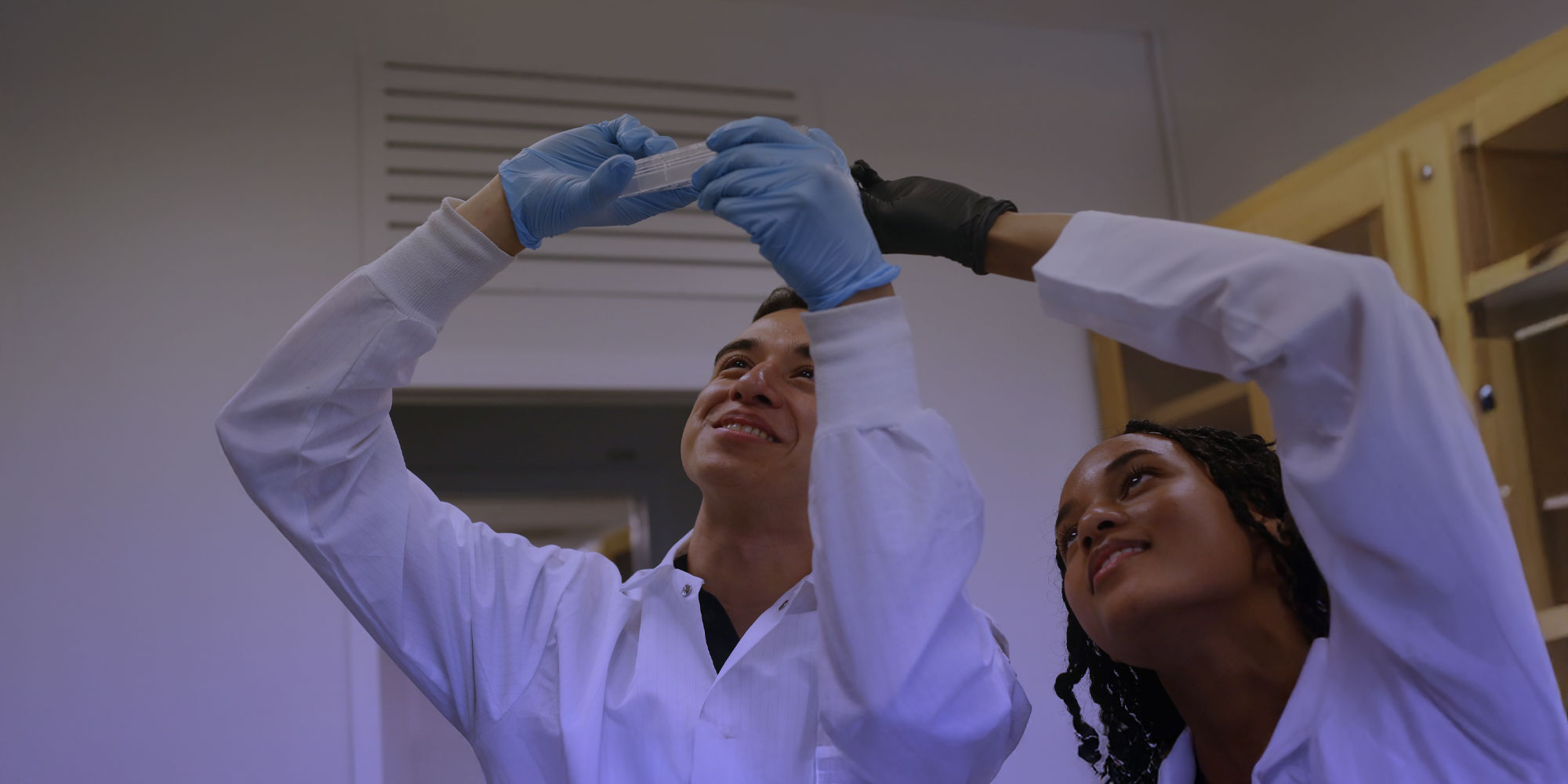
Cas9 Mouse
I just had a great conversation with Dana Carroll and Mark DeWitt about ways one might improve homology-directed repair. But the proof will be in the pudding. I’m sure many (many, many, many) groups are working to crack this particular nut, but so far it’s been recalcitrant. Cells just love to use NHEJ instead of HDR, which is great for making knockouts but not so good for true editing.
Lots of exciting advances out in the literature, including the Cas9 mouse and genome-wide screening with CRISPRi+CRISPRa. More on the screening at a later date, but how about that mouse?
The Cas9 mouse is a great proof-of-concept tool that brings mouse genetics to the people and I think will both accelerate research and decrease frustration. Cutting in the brain looks outstanding, and making knockouts in primary immune cells was a great idea. Editing in the lung looks a bit more iffy, and from Figure 1 it’s not clear to me whether the problem is AAV delivery of sgRNA or Cas9 expression (highest in brain but relatively low in lung). Regardless, getting simultaneous knockout of two genes and editing of another is quite a feat! But the very mosaic nature of the mutations will probably restrict this to making changes that lead to hyperproliferation, such as loss-of-function tumor suppressors or gain-of-function oncogenes. Though I wouldn’t bank the farm on results from knockouts in Cas9 mice alone, one potential utility is proof-of-concept to trigger a traditional transgenic animal. It’s not uncommon to spend the huge time and effort involved in making a transgenic mouse but find no phenotype. With the Cas9 mouse, one could test several candidates for phenotype and then make the clean transgenic (including backcrosses) in promising-looking cases. And with more efficient editing (coming in v2?), this might truly be a game-changer.
You may also be interested in

Protected: Announcing the Rising Stars Program: A New Collaboration Between the IGI and Historically Black Colleges and Universities

Breakthrough Method Enables Rapid Discovery of New Useful Proteins

From California to Kenya: The 2025 Cohort of the CRISPR Course for African Plant Scientists

 By
Jacob Corn
By
Jacob Corn